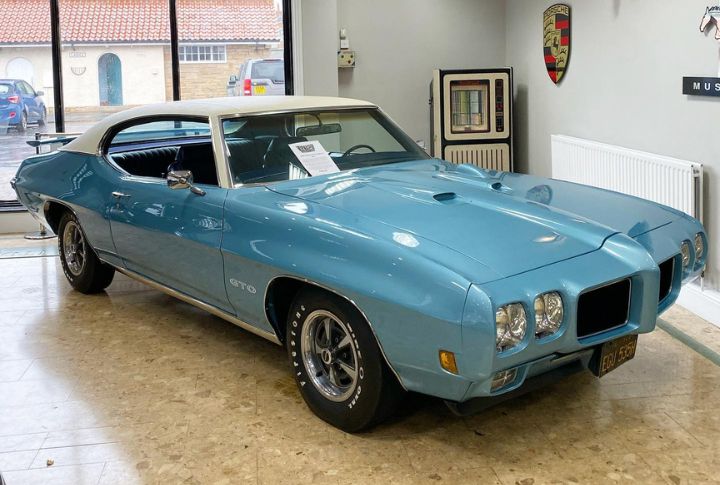
The Pontiac 400 and Chevrolet 400 engines are mechanical sensations that have ignited the passions of gearheads worldwide, fueling dreams of speed and power. Let’s explore this iconic engine rivalry and their differences and shared legacies.
Origin
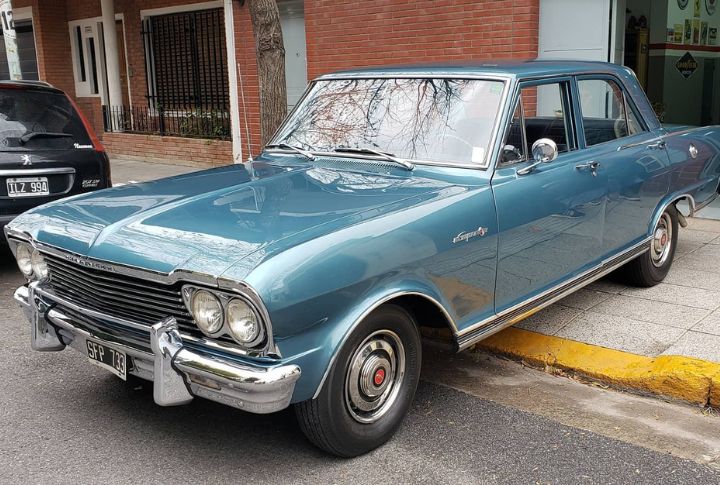
Hailing from the Pontiac Motor Division of General Motors, the Pontiac 400 is acclaimed for high-performance vehicles like the GTO.
The Chevrolet 400 represents Chevrolet’s commitment to reliability and mass-market appeal, powering iconic models like the Camaro and Chevelle.
Design Philosophy
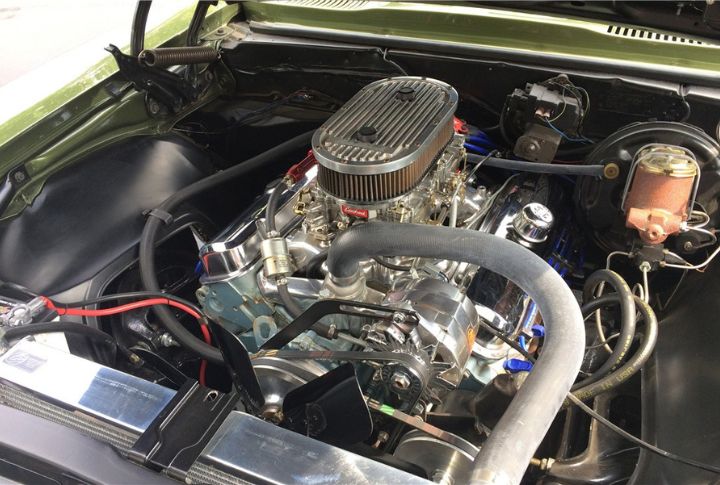
Pontiac 400 features a distinctive block design and cylinder head configuration, emphasizing high-end power delivery for exhilarating acceleration.
The Chevrolet 400 has a more straightforward overhead valve design, prioritizing versatility for a broader range of driving scenarios.
Power Output
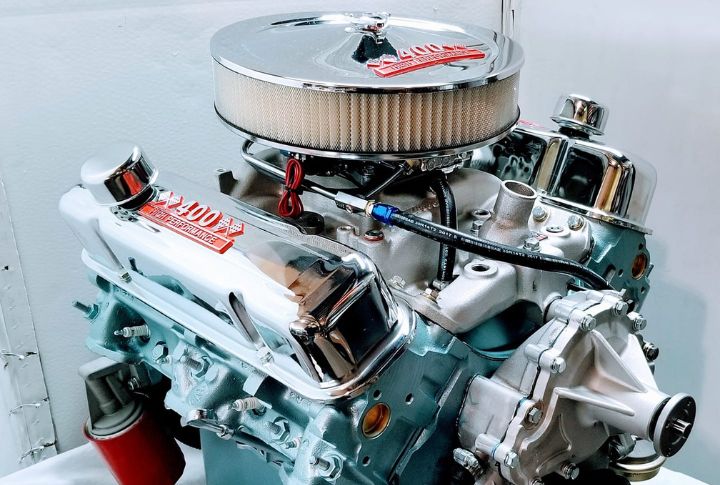
The Pontiac 400 is an absolute force on the drag strip with its raw power and high horsepower ratings.
Presenting a balanced combination of power and torque, the Chevrolet provides ample acceleration and towing capabilities for everyday driving.
Torque Characteristics
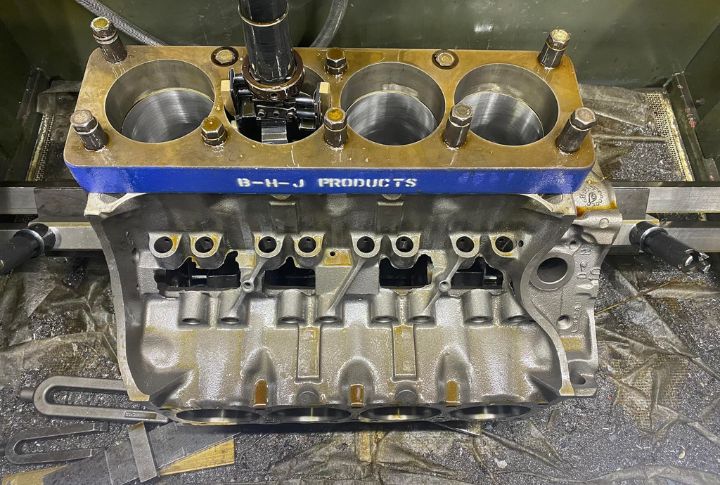
Pontiac 400 exhibits higher torque at higher RPMs, making it ideal for high-speed pursuits and spirited driving.
A more linear torque curve delivers a strong low-end grunt for responsive off-the-line acceleration and towing tasks in the Chevrolet 400.
Transmission Compatibility
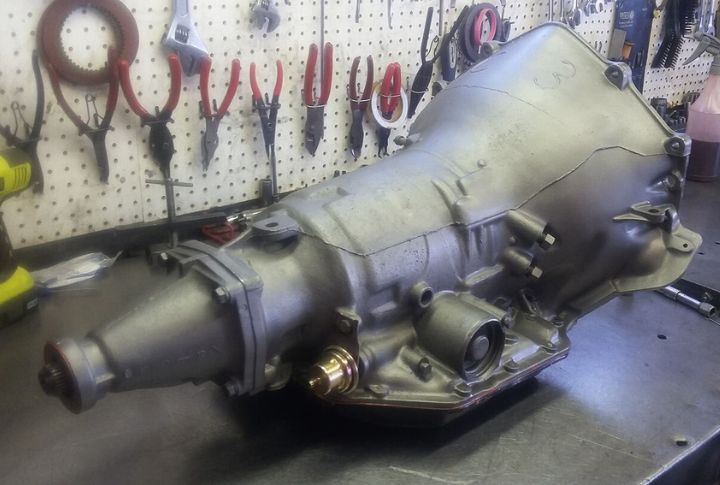
While both engines can be paired with various transmissions, the Pontiac 400 was often paired with heavy-duty transmissions, such as the Turbo-Hydramatic 400, to handle its raw power.
Due to its compatibility, the Chevrolet 400 was commonly paired with transmissions like the Turbo-Hydramatic 350, which was known for its smooth shifting and longevity.
Fuel Efficiency
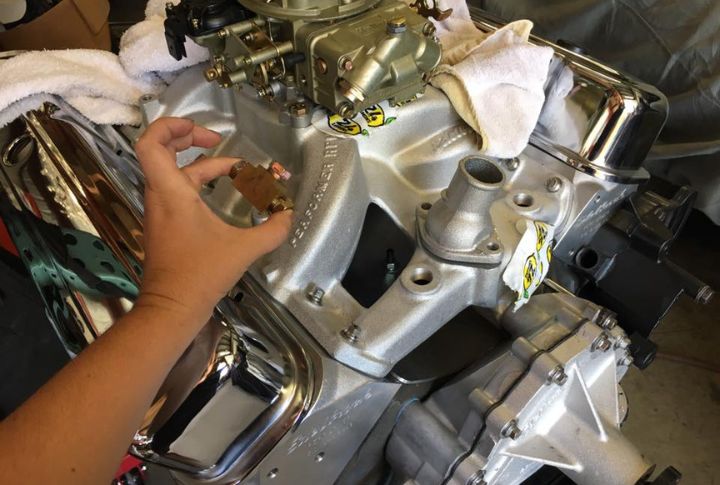
The Pontiac 400 engine was primarily focused on power and performance, and fuel efficiency was not a significant consideration. The engine’s lower MPG figures compared to its Chevrolet counterpart were common.
On the other hand, the Chevrolet 400 engine, while still not meeting modern fuel efficiency standards, tends to offer slightly better fuel economy. This was due to Chevrolet’s emphasis on optimizing engine efficiency and drivability.
Aftermarket Support and Modifiability

Those who own a Pontiac 400 can take advantage of a thriving aftermarket industry that caters to its high-performance nature. A wide variety of performance parts and upgrades are available to boost its power and acceleration.
With a wide range of available accessories, the Chevrolet 400 can be easily customized to fit individual preferences.
Racing Legacy
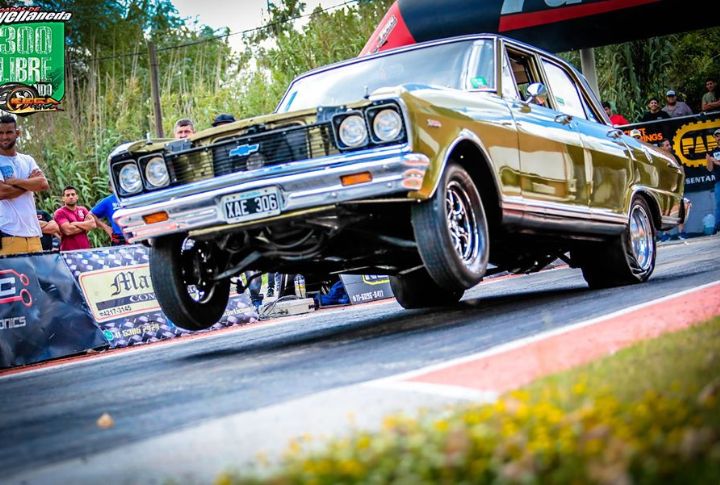
The Pontiac 400 holds a storied racing legacy, with notable successes in drag racing and other competitions, cementing its reputation as a formidable force on the track.
The Chevrolet 400 has earned accolades in various motorsport disciplines, including NASCAR and road racing.
Collectibility and Resale Value
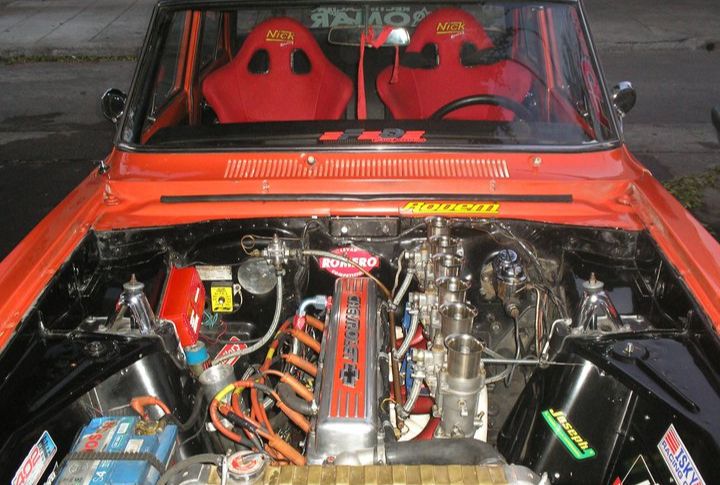
Vehicles equipped with the Pontiac 400 engine are highly sought after by collectors. Due to their association with legendary muscle cars like the GTO and Firebird Trans Am, they command a premium on the market.
Collectors value vehicles equipped with the Chevrolet 400 engine for their crucial role in powering iconic models such as the Chevrolet Camaro and Chevelle SS. This has contributed to their enduring popularity and substantial resale value.
Ownership Experience
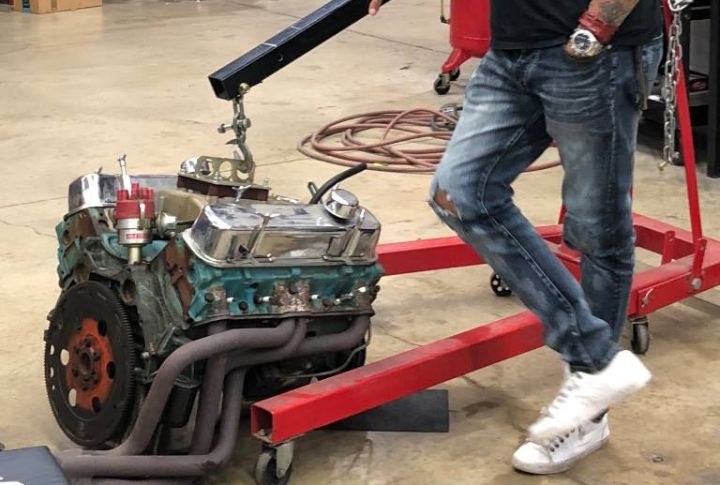
Owning a vehicle equipped with the Pontiac 400 engine offers a thrilling ownership experience, with exhilarating performance and a sense of nostalgia for an era defined by American muscle.
Likewise, owning a vehicle powered by the Chevrolet 400 engine provides a rewarding ownership experience characterized by dependable performance, practicality, and a connection to Chevrolet’s rich automotive heritage.
Soundtrack of Power
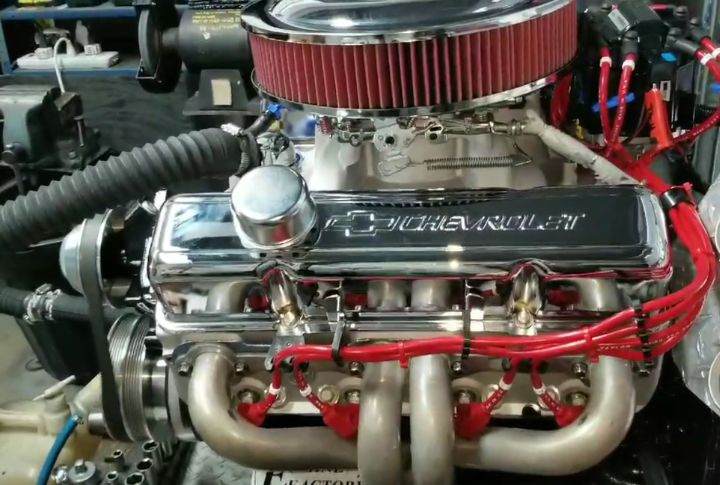
The Pontiac 400 engine produces a distinctively aggressive and throaty exhaust note, echoing its formidable power and commanding presence on the road.
In contrast, the Chevrolet 400 engine emits a deep and rumbling growl, which is characteristic of its strong and reliable performance. This adds to the overall sensory experience of driving a classic American muscle car.
Reliability and Durability
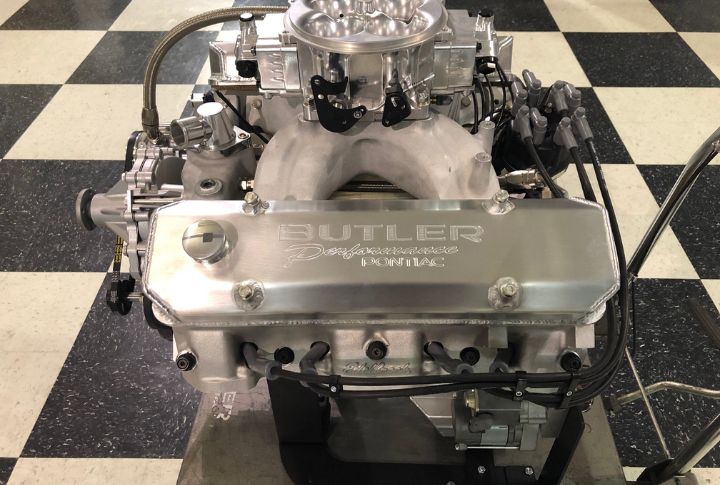
Known for its sturdy construction, the Pontiac 400 engine, with proper maintenance, can withstand the demands of vigorous driving and regular use.
The Chevrolet 400 is engineered to deliver consistent performance and durability, ensuring peace of mind for owners.
Performance Versatility

The Pontiac 400 engine excels in high-speed performance and straight-line acceleration.
Offering versatility and flexibility across a broader range of driving conditions, the Chevrolet 400 engine delivers strong acceleration and responsive power delivery, suitable for both daily driving and occasional spirited outings.
Maintenance Considerations
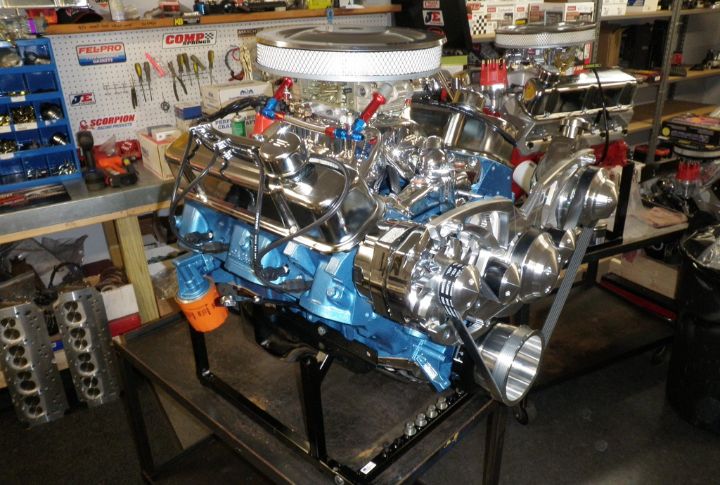
While parts availability for the Pontiac 400 engine may vary, enthusiasts often find a dedicated community for maintenance and restoration projects, ensuring the permanence and preservation of these iconic powerplants.
With a wide availability of parts and resources, maintaining the Chevrolet 400 engine is relatively straightforward, allowing owners to enjoy reliable performance and peace of mind without significant maintenance challenges.
Legacy and Cultural Impact
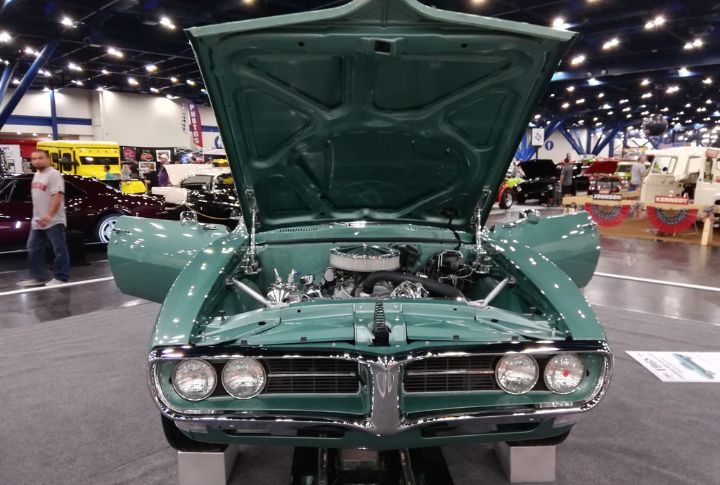
The Pontiac 400 engine has a special place in automotive history, representing the pinnacle of Pontiac’s performance-focused philosophy during the golden era of muscle cars.
The Chevrolet 400 engine is also widely celebrated for powering some of Chevrolet’s most iconic models, cementing its place in the collective consciousness of automotive enthusiasts and leaving a lasting legacy that continues to inspire modern performance car design.
